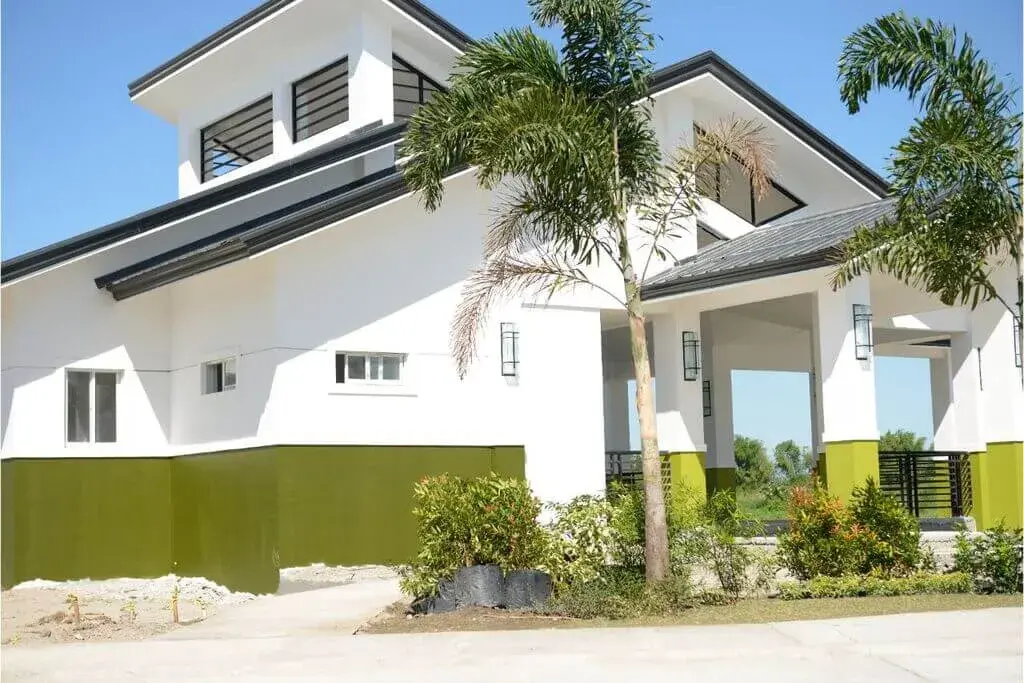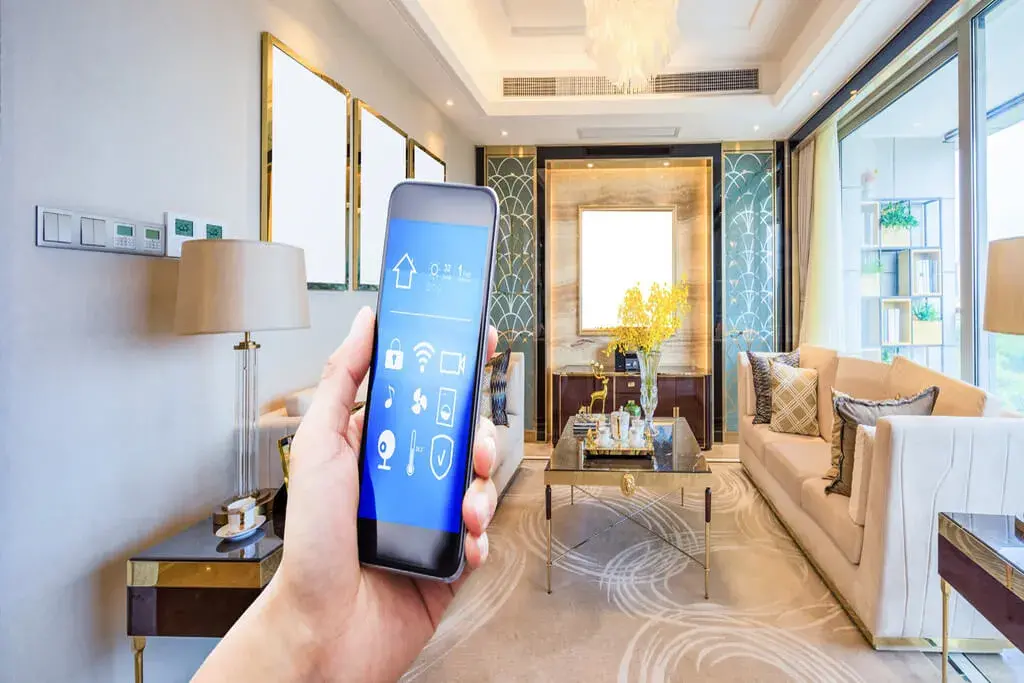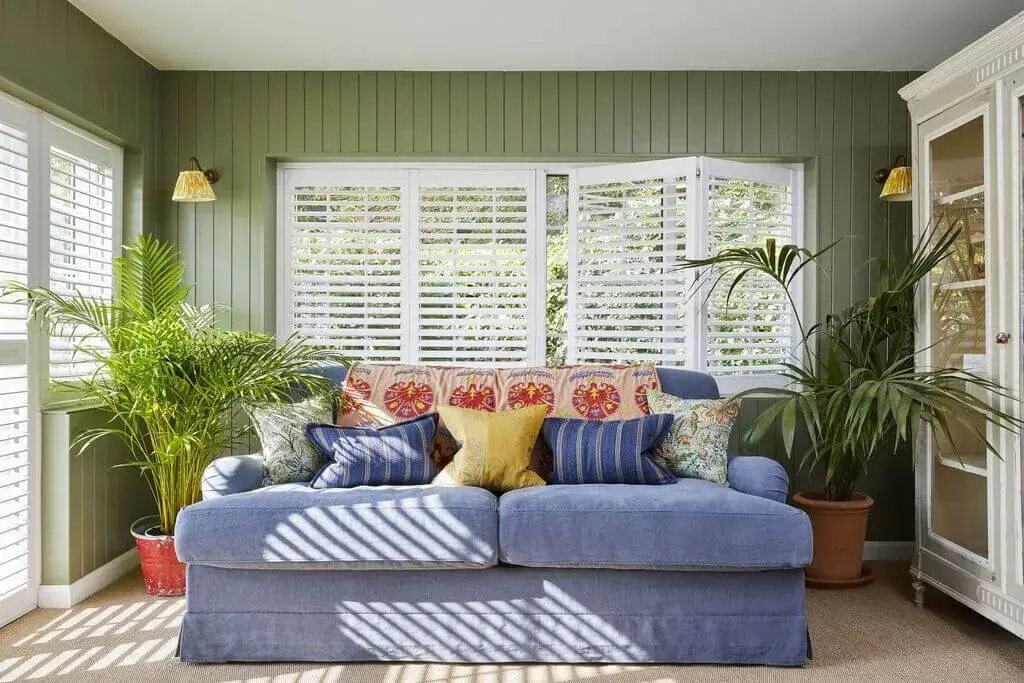Designing an eco-friendly home is a great way to minimize your environmental impact and create a healthier space for you and your family. But it’s not as simple as just swapping out light bulbs or adding plants. There are some key principles that can help you design a truly green home. Whether you build a new home or renovate an existing one, these five principles will help you create a greener and healthier living space.
Greenery

Adding greenery to your indoor and outdoor spaces can help improve air quality, reduce house energy consumption, and create a calming atmosphere. Indoor plants such as pothos, spider plants, and peace lilies are all excellent choices for purifying the air of chemicals like formaldehyde and benzene.
Outdoor plants like grasses and trees can also provide insulation and shade, reducing the need for air conditioning. They can even help absorb sound, creating a peaceful environment in your home. And, of course, plants also look great and add life to your home.
In the US, about 73% of Americans prefer to live in eco-friendly homes, while in the UK, almost 70% prefer living in an environmentally friendly home. With such high demand, eco-friendly design is becoming increasingly popular and lucrative. So, you can easily find a house designed in Newcastle, Watford, California or New York that follows many of these principles and shows just how beautiful a house can be while still being eco-friendly.
Sustainability

One of the main goals of eco-friendly home design is to build a sustainable structure. This means using materials that are durable, non-toxic, and renewable. For example, bamboo flooring is attractive and eco-friendly as it’s a fast-growing grass with no need for pesticides or fertilizers. It’s also very durable and can last for decades if maintained properly.
Eco-friendly houses can also be made more sustainable with solar panels and other renewable energy sources to reduce their carbon footprint. But designing for sustainability requires expertise. So finding the right designer knowledgeable in sustainable materials and construction methods is essential.
Energy Efficiency

In addition to using sustainable materials, designing an eco-friendly home also means making it as energy efficient as possible. This can be achieved by choosing the right windows and insulation materials that help keep heat in during winter and out during summer. High-efficiency lighting, such as LED bulbs, is a great way to reduce electricity bills, while skylights and windows can maximize natural daylight.
The use of smart technologies, such as automated thermostats and lighting controls, can also help reduce the amount of energy used by the house. Smart home automation systems let you remotely control your lights and appliances and schedule when they are used for even more savings.
Furthermore, eco-friendly homes can also make use of geothermal energy. This clean, renewable energy source uses the Earth’s heat to power your home. It requires an initial investment but can save you money in the long run as it significantly reduces your electricity bills.
Ventilation and Natural Lighting

Good ventilation is essential for keeping indoor air clean and comfortable. Designing an eco-friendly home means ensuring adequate airflow throughout the house, so it stays free of allergens, pollutants, and other contaminants.
Natural lighting is also essential for the health of occupants of an eco-friendly home. Skylights and large windows can provide ample light to reduce the need for artificial lighting during the day, while automated blinds or curtains can be used to regulate how much light enters a room.
Therefore, an eco-friendly home requires careful planning of its ventilation and natural lighting systems to create a healthy living environment. And, of course, this can also help you save energy and money in the long run.
Water Conservation

Another essential factor in eco-friendly design is water conservation. This involves installing low-flow toilets and showerheads, rainwater harvesting systems to collect rainwater in the garden, and using native plants that require less water. Installing a greywater recycling system can also help reduce water consumption by reusing wastewater from sinks, showers, and washing machines to water plants.
By designing an eco-friendly home, you can reduce your water consumption by up to 35%, which is excellent for both the environment and your wallet. And, of course, you’ll be doing your bit to save precious water resources.
Moreover, you can also install water-efficient irrigation systems to reduce water wastage when watering the garden. And, of course, you can use rain barrels to collect and store rainwater for reuse.
Final Thoughts
Designing an eco-friendly home is an excellent way to reduce your carbon impact and save money. But it requires expertise in sustainable materials, energy efficiency, water conservation, ventilation, natural lighting, and greenery.
By following these principles in your home design, you can establish a healthier and more comfortable living space for yourself and those around you. And most importantly, seek the help of a qualified design expert to guarantee the best outcomes.
Discover More:-

